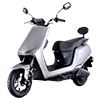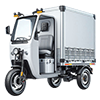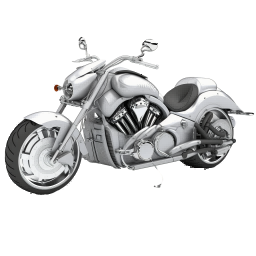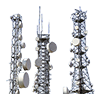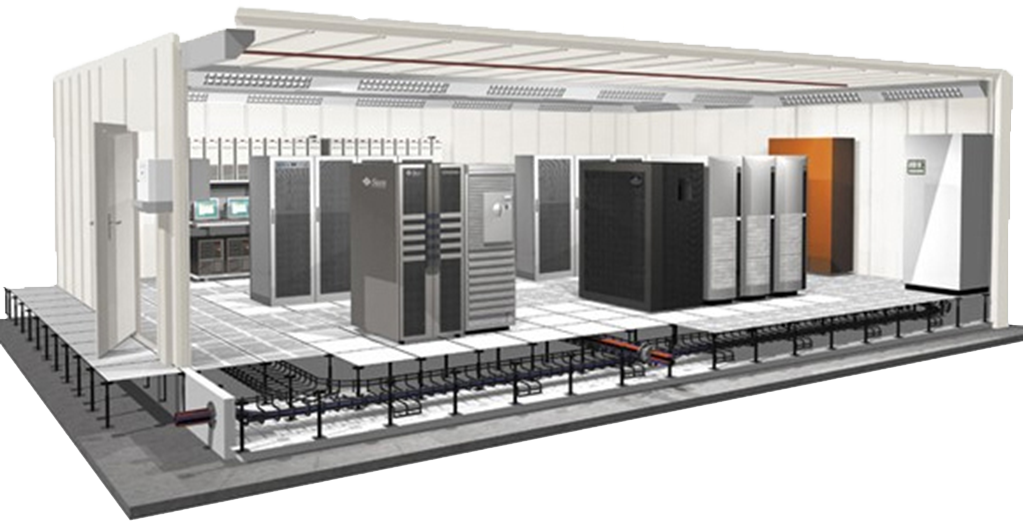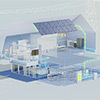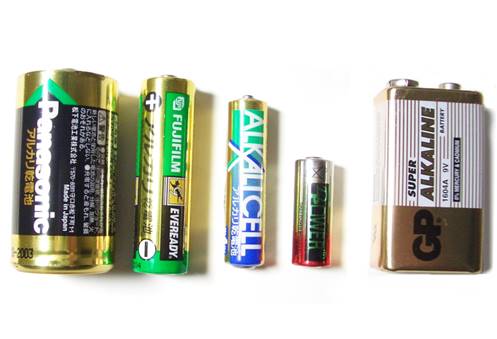-
-
Transportation
-
Lead-acid battery
-
Sodium battery
-
Industrial Applications
-
Lead-acid battery
-
Lithium battery
-
-
-
Resources
Resource Center that assists customers in problem-solving through providing a rich array of product resources.
-
Resources
-
News & Events
-
Learning
-
-
-
Services and Supports
Try professional and convenient services of OUTDO to push your Businesses into success.
-
Services and Supports
-
Outdo Services
-
Outdo Supports
-
-
-
About Us
OUTDO CORP is the world-renowned battery manufacturer and power solutions provider
-
About Us
-
Explore Outdo
-
Contact Us
-
Follow Us

<svg t="1709037577113" class="icon" viewBox="0 0 1025 1024" version="1.1" xmlns="http://www.w3.org/2000/svg" p-id="6839" width="200" height="200"><path d="M919.307378 0 104.692622 0C46.925334 0 0 46.812397 0 104.692622L0 919.307378c0 57.880225 46.925334 104.692622 104.692622 104.692622L919.307378 1024c57.880225 0 104.805559-46.755928 104.805559-104.692622L1024.112937 104.692622C1024.112937 46.812397 977.187603 0 919.307378 0zM901.463329 225.478769c0 0-151.617955-55.339142-151.617955 57.259071l0 85.041579 147.891033 0-13.100695 140.493658-134.790339 0 0 478.796515-181.150987 0L568.694386 508.273078 479.925885 508.273078 479.925885 367.77942l88.768501 0L568.694386 282.737841 568.694386 220.001323c0 0-1.863461-114.122863 146.987537-146.987537 104.466748-23.15209 206.053601 10.220801 206.053601 10.220801L901.463329 225.478769z" p-id="6840"></path></svg>
View more<svg t="1709037647549" class="icon" viewBox="0 0 1024 1024" version="1.1" xmlns="http://www.w3.org/2000/svg" p-id="7941" width="200" height="200"><path d="M919.759462 318.994613c0-9.605475-0.184234-19.102577-0.608696-28.534655 41.060787-30.595551 76.68666-68.894629 104.863684-112.720738a403.247526 403.247526 0 0 1-120.68436 33.017692c43.401647-26.708567 76.68666-69.423851 92.415219-120.68436-40.638132 24.645865-85.589515 42.265535-133.383889 51.446549-38.295465-43.575045-92.944441-71.329413-153.358869-72.360764-116.027926-1.918205-210.084998 96.132418-210.084999 218.973404 0 17.460724 1.826088 34.394031 5.451171 50.745736-174.722834-11.243716-329.55016-102.190479-433.116978-239.293373-18.071226 32.847907-28.438925 71.237296-28.438925 112.377556 0 77.811934 37.090717 146.970271 93.44657 187.779994-34.500598-1.560574-66.819283-12.009553-95.166091-29.141545v2.85744c0 108.752474 72.440238 199.870827 168.560013 221.13003-17.621477 5.012259-36.207475 7.62044-55.322696 7.526516a191.542349 191.542349 0 0 1-39.500214-4.325895c26.708567 89.120675 104.332655 154.231274 196.231295 156.400543-71.923659 59.635948-162.525433 95.258208-260.892145 95.00895-16.960401 0-33.720311-1.137918-50.15149-3.200621 93.011271 63.80109 203.418242 100.960443 322.104923 100.960443 386.350343 0.092117 597.636477-336.191629 597.636477-627.962902z" fill="#231815" p-id="7942"></path></svg>
View more<svg t="1709037821478" class="icon" viewBox="0 0 1024 1024" version="1.1" xmlns="http://www.w3.org/2000/svg" p-id="12166" width="200" height="200"><path d="M260.096 155.648c0 27.307008-9.899008 50.516992-29.696 69.632-19.796992 19.115008-45.396992 28.672-76.8 28.672-30.036992 0-54.612992-9.556992-73.728-28.672-19.115008-19.115008-28.672-42.324992-28.672-69.632 0-28.672 9.556992-52.224 28.672-70.656 19.115008-18.432 44.372992-27.648 75.776-27.648 31.403008 0 56.32 9.216 74.752 27.648 18.432 18.432 28.331008 41.984 29.696 70.656 0 0 0 0 0 0m-202.752 808.96c0 0 0-632.832 0-632.832 0 0 196.608 0 196.608 0 0 0 0 632.832 0 632.832 0 0-196.608 0-196.608 0 0 0 0 0 0 0m313.344-430.08c0-58.708992-1.364992-126.292992-4.096-202.752 0 0 169.984 0 169.984 0 0 0 10.24 88.064 10.24 88.064 0 0 4.096 0 4.096 0 40.96-68.267008 105.812992-102.4 194.56-102.4 68.267008 0 123.220992 22.868992 164.864 68.608 41.643008 45.739008 62.464 113.664 62.464 203.776 0 0 0 374.784 0 374.784 0 0-196.608 0-196.608 0 0 0 0-350.208 0-350.208 0-91.476992-33.451008-137.216-100.352-137.216-47.787008 0-81.236992 24.576-100.352 73.728-4.096 8.192-6.144 24.576-6.144 49.152 0 0 0 364.544 0 364.544 0 0-198.656 0-198.656 0 0 0 0-430.08 0-430.08 0 0 0 0 0 0" fill="#272636" p-id="12167"></path></svg>
View more<svg t="1709037745931" class="icon" viewBox="0 0 1024 1024" version="1.1" xmlns="http://www.w3.org/2000/svg" p-id="10005" width="200" height="200"><path d="M512 359.657143c-83.885714 0-152.342857 68.457143-152.342857 152.342857S428.114286 664.342857 512 664.342857 664.342857 595.885714 664.342857 512 595.885714 359.657143 512 359.657143zM968.914286 512c0-63.085714 0.571429-125.6-2.971429-188.571429-3.542857-73.142857-20.228571-138.057143-73.714286-191.542857-53.6-53.6-118.4-70.171429-191.542857-73.714285-63.085714-3.542857-125.6-2.971429-188.571428-2.971429-63.085714 0-125.6-0.571429-188.571429 2.971429-73.142857 3.542857-138.057143 20.228571-191.542857 73.714285C78.4 185.485714 61.828571 250.285714 58.285714 323.428571c-3.542857 63.085714-2.971429 125.6-2.971428 188.571429s-0.571429 125.6 2.971428 188.571429c3.542857 73.142857 20.228571 138.057143 73.714286 191.542857 53.6 53.6 118.4 70.171429 191.542857 73.714285 63.085714 3.542857 125.6 2.971429 188.571429 2.971429 63.085714 0 125.6 0.571429 188.571428-2.971429 73.142857-3.542857 138.057143-20.228571 191.542857-73.714285 53.6-53.6 70.171429-118.4 73.714286-191.542857 3.657143-62.971429 2.971429-125.485714 2.971429-188.571429zM512 746.4c-129.714286 0-234.4-104.685714-234.4-234.4S382.285714 277.6 512 277.6 746.4 382.285714 746.4 512 641.714286 746.4 512 746.4z m244-423.657143c-30.285714 0-54.742857-24.457143-54.742857-54.742857s24.457143-54.742857 54.742857-54.742857 54.742857 24.457143 54.742857 54.742857a54.674286 54.674286 0 0 1-54.742857 54.742857z" p-id="10006"></path></svg>
View more<svg t="1734743183044" class="icon" viewBox="0 0 1024 1024" version="1.1" xmlns="http://www.w3.org/2000/svg" p-id="4454" width="200" height="200"><path d="M832 128l-640 0c-105.59488 0-192 86.40512-192 192l0 384c0 105.59488 86.40512 192 192 192l640 0c105.59488 0 192-86.40512 192-192l0-384c0-105.59488-86.40512-192-192-192zM384 768l0-512 320 256-320 256z" fill="#d81e06" p-id="4455"></path></svg>
View more -
From the Past to the Future: The Evolution of Battery Technology
Release time:
2025-03-13
Share:
Introduction
Batteries, as modern society’s essential energy storage tools, have deeply integrated into our daily lives. From mobile phones and laptops to electric vehicles, they provide a continuous power source, all thanks to centuries of technological innovation. Whether it’s the traditional lead-acid battery or today’s widely popular lithium-ion battery, advancements in battery technology have not only driven scientific progress but also transformed the way we work and live.
Today, let’s take a journey through the history of battery technology, exploring its evolution from the past to the future and anticipating the next breakthroughs in energy storage.
1. The Birth of Batteries: From "Wet Batteries" to "Dry Batteries"
1.1 The First Battery: The Voltaic Pile
The history of batteries dates back to the late 18th century when Italian scientist Alessandro Volta invented the first "Voltaic Pile." This early "wet battery" was composed of alternating layers of copper and zinc plates separated by paper soaked in saltwater. The Voltaic Pile was capable of producing a stable electric current, laying the foundation for modern battery technology. This breakthrough not only propelled electrochemical research but also marked the dawn of the electrification era. Even today, the unit of electric potential, the “Volt,” is named in honor of Volta.
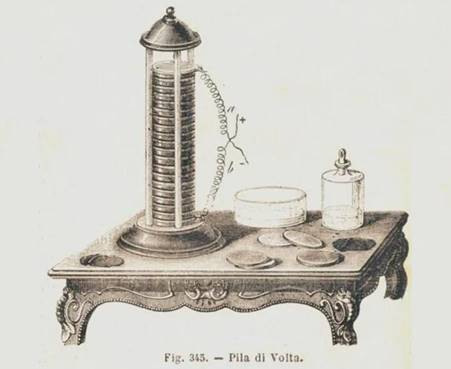
1.2 The Invention of the Dry Battery
By the mid-19th century, dry batteries revolutionized battery usage. In 1887, inventor Georges Leclanché developed the first commercially viable dry cell. Unlike wet batteries, dry batteries eliminated liquid electrolytes and used manganese dioxide and ammonium chloride as electrolytes, greatly improving safety and convenience.
The introduction of dry batteries enabled widespread civilian use, finding applications in flashlights, radios, and other everyday devices.
2. Rapid Advancements in Battery Technology: From Lead-Acid to Nickel-Metal Hydride Batteries
2.1 Lead-Acid Batteries: A Classic and Widely Used Choice
By the early 20th century, lead-acid batteries had become one of the most common battery types. With their high voltage, reliable performance, and low cost, lead-acid batteries found extensive use in automobiles, uninterruptible power supplies (UPS), and other applications. Although lead-acid batteries have relatively low energy density, their durability and affordability have allowed them to maintain market dominance for decades. Over time, lead-acid battery technology has continuously improved. In the automotive industry, lead-acid batteries have long been the primary power source for starting engines and providing auxiliary power.
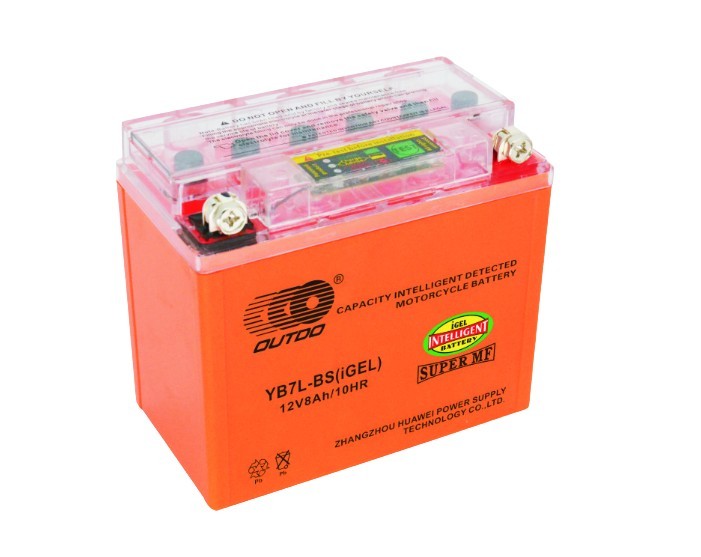
2.2 Nickel-Metal Hydride (NiMH) Batteries: A Balance of High Energy Density and Environmental Friendliness
In the 1990s, as environmental awareness grew and the demand for higher energy density increased, nickel-metal hydride (NiMH) batteries emerged as a promising alternative. Unlike lead-acid batteries, NiMH batteries used a nickel-metal hydride alloy as an electrode material, offering higher energy density and longer lifespan.
NiMH batteries also had a significant environmental advantage, as they did not contain harmful heavy metals. This made them the preferred choice for consumer electronics such as cameras and mobile phones, as well as for hybrid vehicles. Although NiMH batteries were relatively expensive, their extended lifespan and higher charging efficiency contributed to their widespread adoption.
3. Lithium Batteries: The Energy Revolution of the Modern Era
3.1 The Rise of Lithium Batteries
In the 21st century, lithium-ion batteries have become one of the most significant advancements in battery technology. Utilizing lithium metal or lithium compounds as electrode materials, lithium batteries offer high energy density, long lifespan, and lightweight characteristics, making them the core power source for modern smartphones, laptops, and electric vehicles.
In the early 2000s, lithium-ion batteries gradually replaced NiMH batteries as the mainstream choice for consumer electronics. With the rise of smartphones, lithium batteries became indispensable in mobile technology. Compared to lead-acid and NiMH batteries, lithium batteries provide higher energy density, faster charging speeds, and longer cycle life.
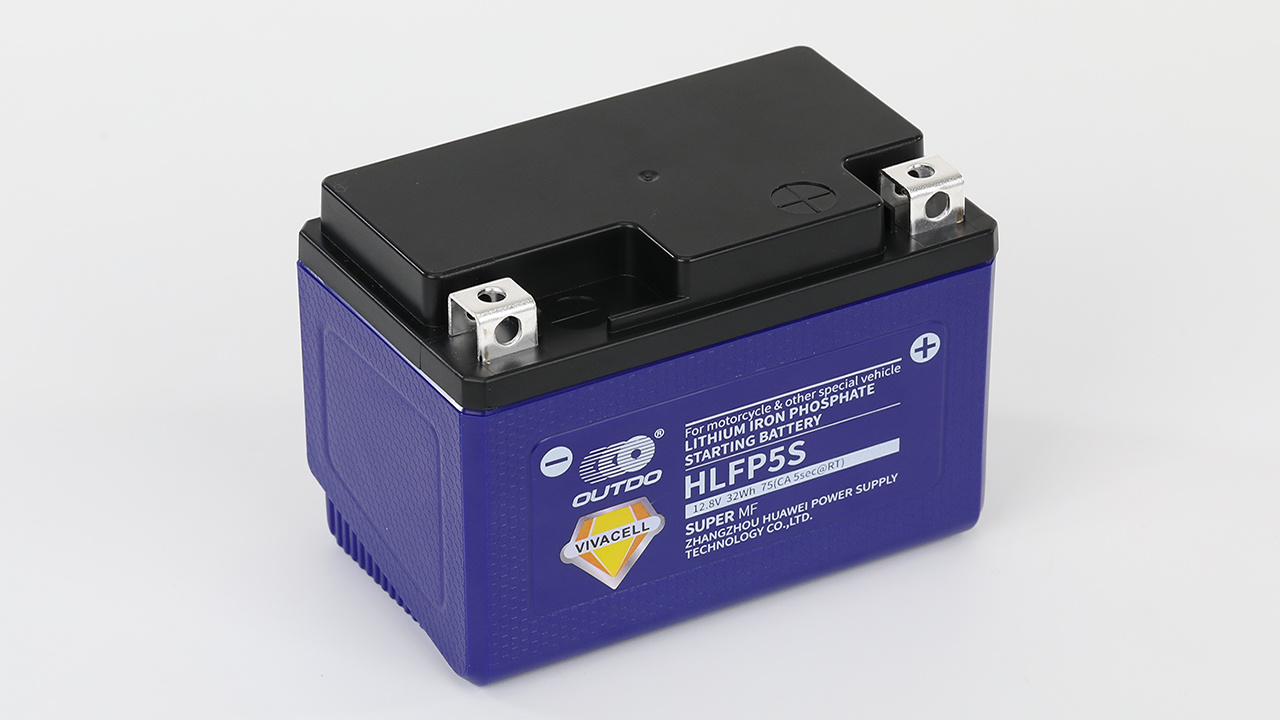
3.2 Innovations and Breakthroughs in Lithium Battery Technology
Recent years have seen continuous advancements in lithium battery technology. Innovations such as solid-state lithium batteries, lithium-sulfur batteries, and sodium-ion batteries are further pushing the boundaries of energy storage. These next-generation batteries offer improved safety, longer lifespans, and higher energy densities, paving the way for future applications in electric vehicles and renewable energy storage.
For example, solid-state lithium batteries replace liquid electrolytes with solid-state electrolytes, significantly enhancing safety and eliminating the risks of short circuits and overheating. In the future, solid-state lithium batteries could become the dominant technology in the electric vehicle industry.
4. The Future of Battery Technology: From Energy Revolution to Sustainable Development
The future of battery technology is not only about increasing energy density and extending lifespan but also about aligning with global energy transition goals. As renewable energy sources become more widespread, efficient storage solutions for solar and wind energy are becoming critical challenges for battery development.
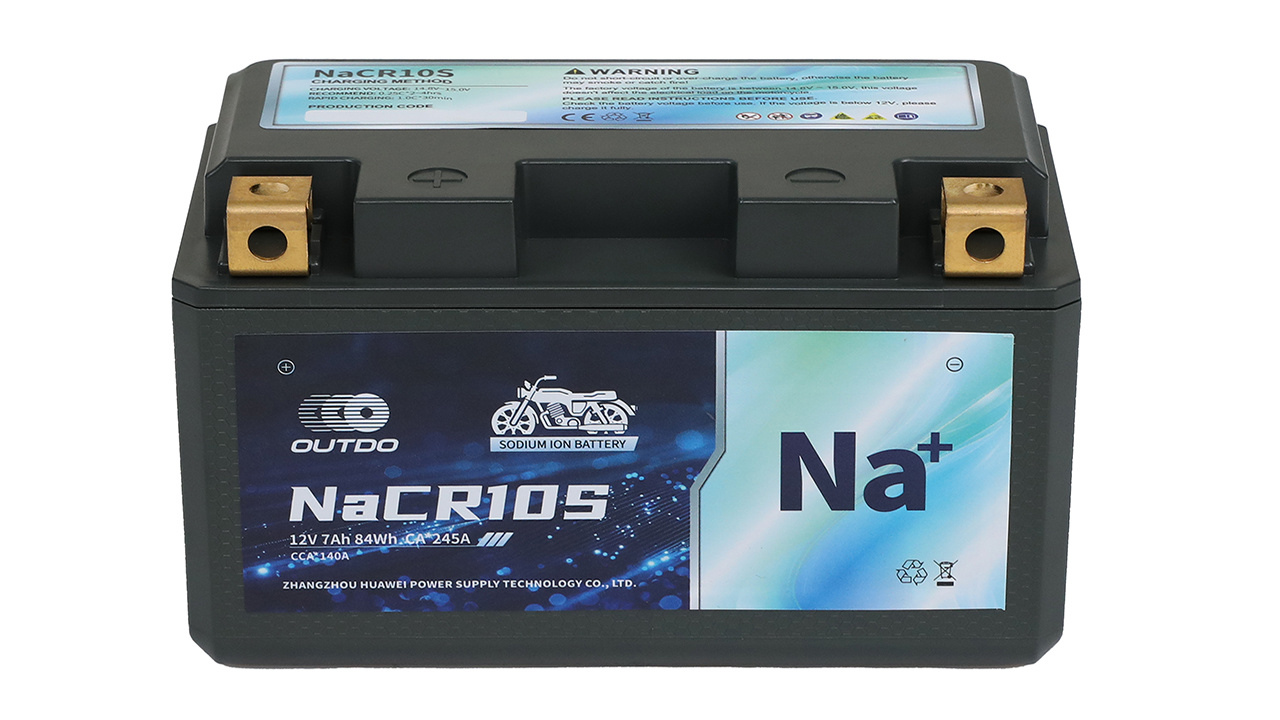
4.1 Large-Scale Energy Storage Systems: Supporting the Future of Renewable Energy
With the rapid growth of solar and wind power, efficiently storing intermittent renewable energy and ensuring stable power supply have become major concerns in the energy industry. Large-scale energy storage systems, such as flow batteries and compressed air energy storage, are emerging as key solutions. In the future, these storage technologies could provide more stable electricity for power grids and accelerate the transition to renewable energy.
4.2 Electric Vehicles and Smart Grids: Core Applications of Battery Technology
The rise of electric vehicles has placed battery technology at the center of future transportation. Automakers are focusing on developing high-energy-density, fast-charging batteries to enhance vehicle performance. At the same time, the construction of smart grids requires efficient energy storage solutions to balance electricity supply and demand, making advanced batteries an integral part of intelligent energy systems.
4.3 From Batteries to “Smart Batteries”: The Rise of Intelligent Technologies
Future batteries will not just be passive energy storage devices; they will incorporate intelligent monitoring, data analysis, and self-healing capabilities. By integrating IoT and artificial intelligence, smart batteries will be able to monitor their condition in real-time, optimize charging and discharging processes, and improve energy efficiency.
Conclusion
From the early Voltaic Pile to modern lithium batteries and the future of solid-state and large-scale energy storage systems, battery technology has evolved over centuries, driving scientific progress and reshaping human lifestyles. As innovation continues, future batteries will become even more efficient, safer, and smarter, playing a crucial role in achieving green energy, sustainable development, and a more intelligent society.
FAQ
Latest Information
Zhangzhou Huawei Power Supply Technology Co., Ltd.
86-596-8991888
Related link:

Official Account
We use optional cookies to improve your experience on our website through social media connections and other means, and place personalized advertisements based on your online activities. If you reject the optional cookies, we will only use the necessary cookies to provide you with the service. Privacy Statement
Sorry,当前栏目暂无内容!
您可以查看其他栏目或返回 首页
Sorry,The current column has no content!
You can view other columns or return Home


